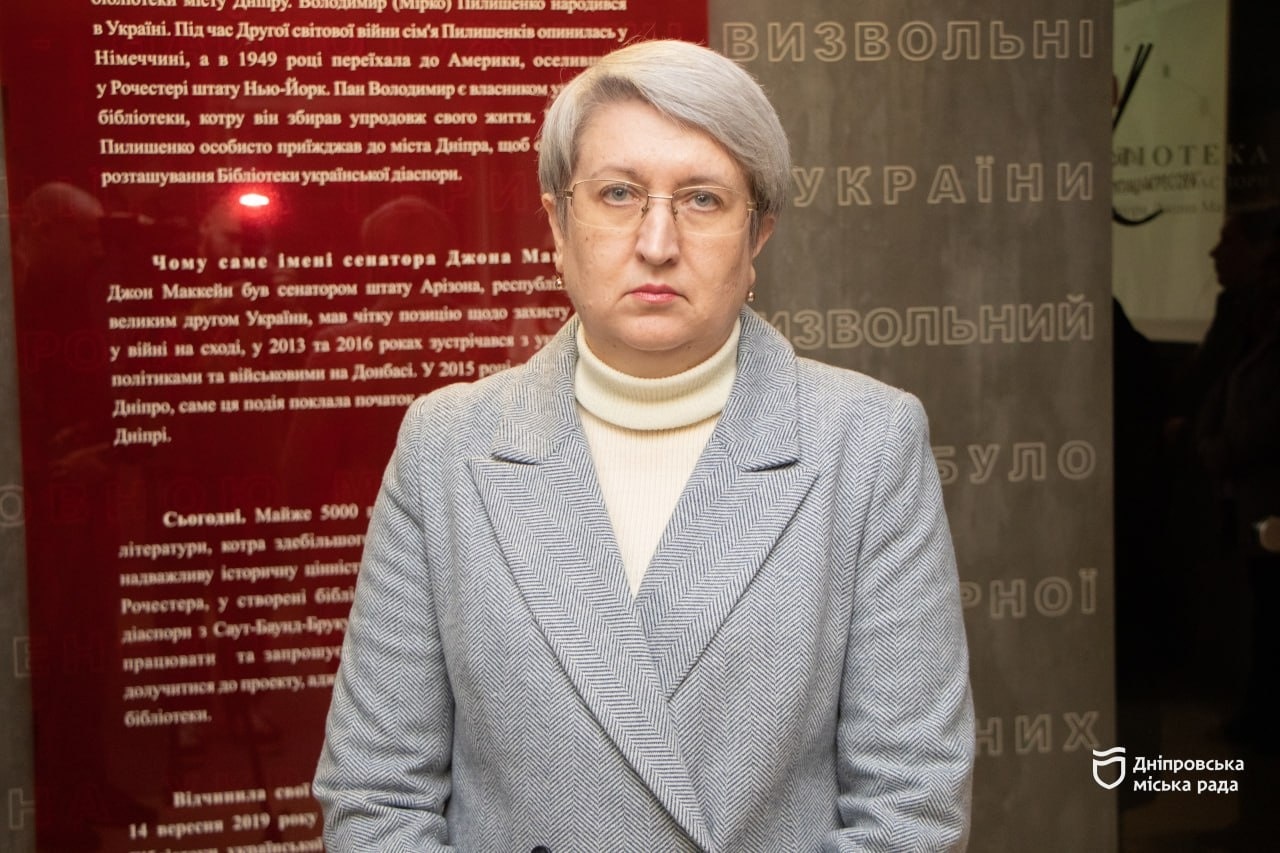Museums on the line of memory: Nataliia Romanets joined the discussion in Dnipro
An event entitled ‘Museums on the Line of Memory: How Local Institutions Reflect on Countering the Aggressor’s Genocidal Policy’ took place in Dnipro. During the discussion, participants discussed honouring the Holodomor victims and preserving and restoring Ukrainian national memory. They also raised the issue of the starvation of Ukrainian soldiers during captivity.
Representatives of the Dnipro city authorities, the National Museum of the Holodomor Genocide, the Ukrainian Institute of National Remembrance, historians, researchers, and representatives of the city’s Museum of Holodomor Resistance participated in the event. They discussed the necessity of establishing Holodomor museums in Ukrainian cities that would highlight local cases of famine as a tool of genocide against the Ukrainian people.
Nataliia Romanets, Doctor of Historical Sciences, Professor and senior researcher at the Research Department on the Holodomor and Mass Man-Made Famines, represented the Holodomor Museum.
“We can confidently compare the Holodomor of the last century with the starvation that Ukrainian soldiers in captivity or people in Russian-occupied territories are experiencing. After all, according to the soldiers, the worst torture is by hunger. When they lacked food, other issues took a back seat. That is precisely what people experienced during the Holodomor of 1932-33. And we should not forget that when Russia enters Ukrainian territory, the first thing it does is destroy textbooks on Ukrainian history and all literature written in the Ukrainian language, and then it begins to brainwash people. These are also methods of influencing people that they used in the 1930s and are still using today.” Nataliia Romanets emphasised.
